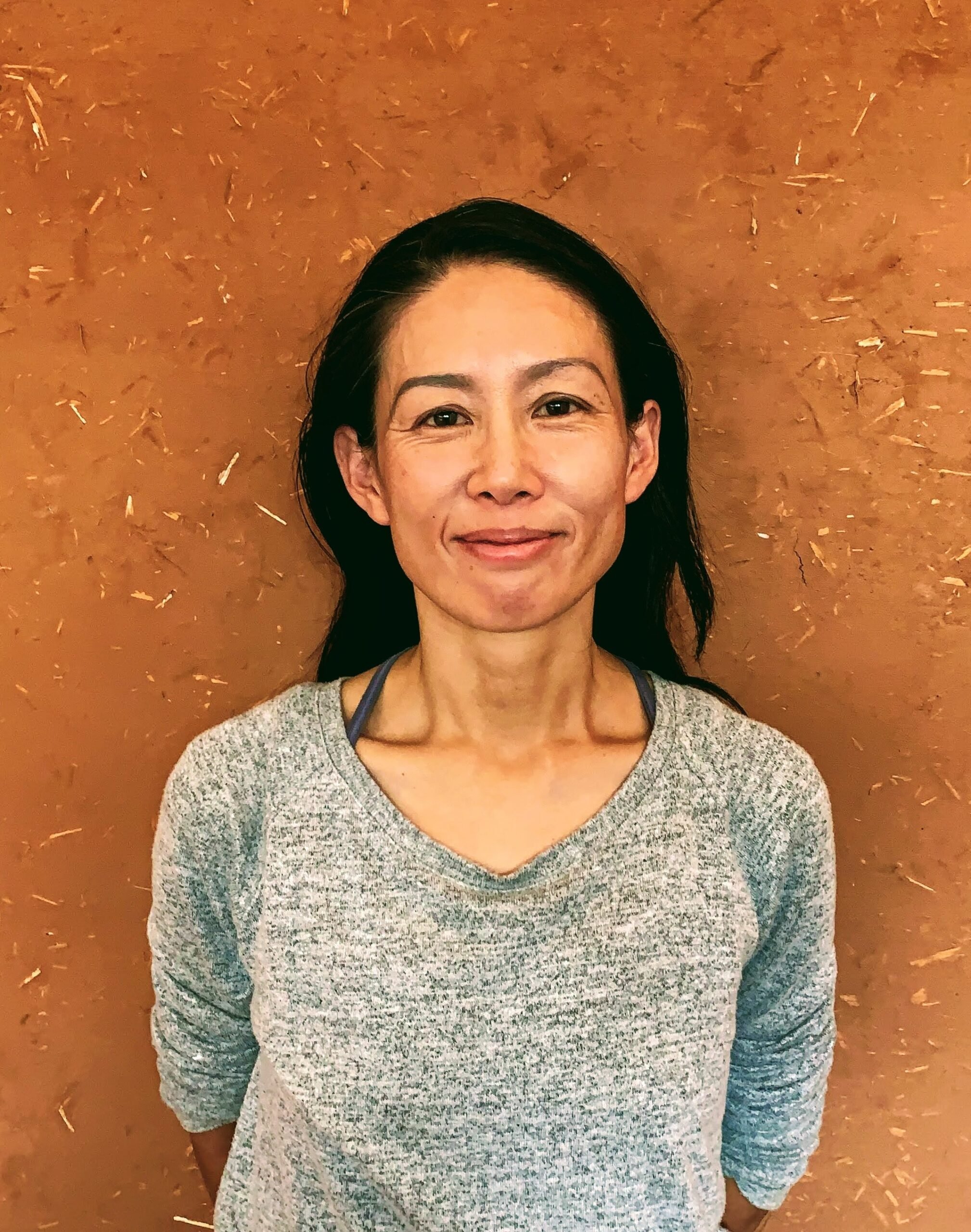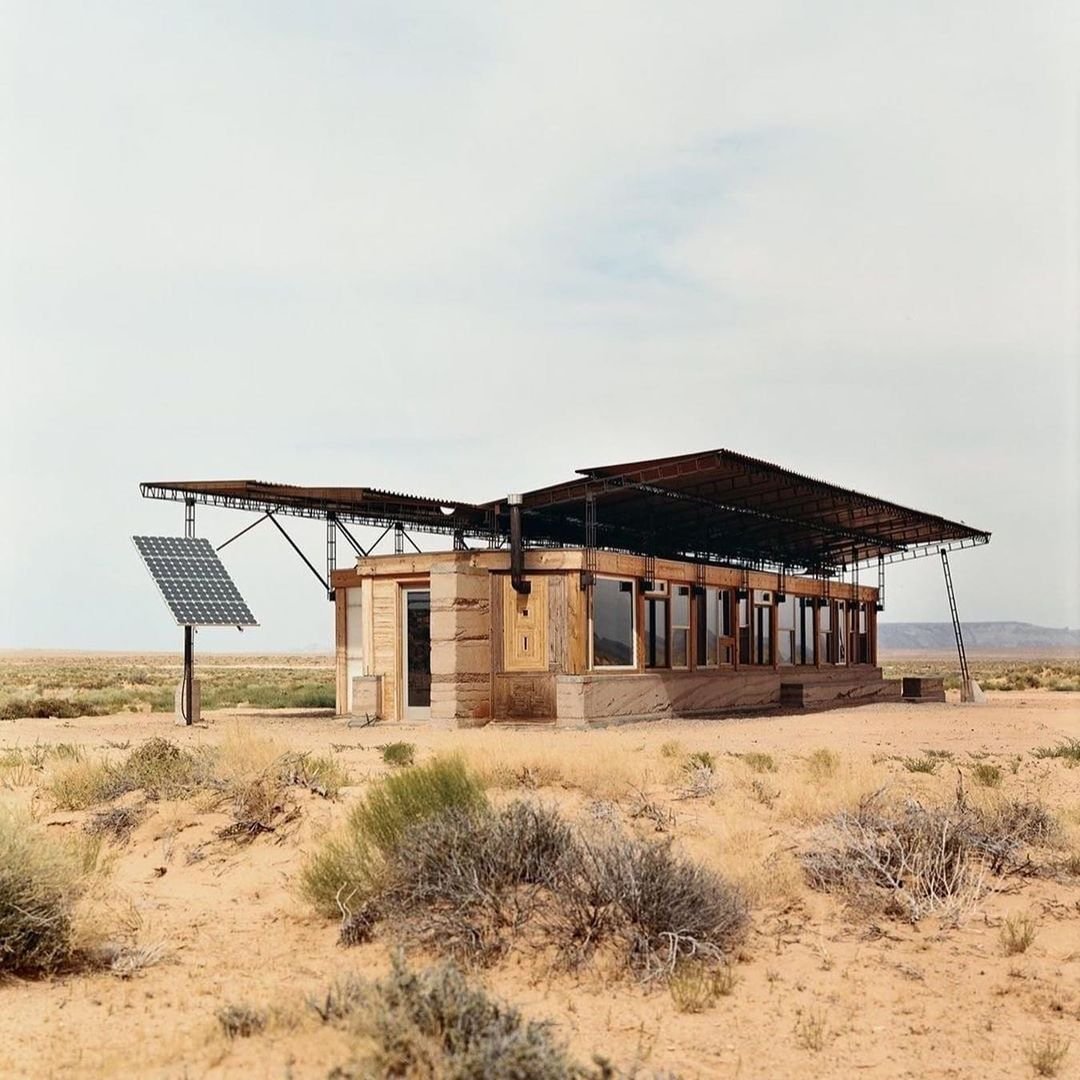Affordable Green Homes with DesignBuildBLUFF
With simple yet stunning designs, affordable homes are getting built in the Navajo Nation by Master’s of Architecture students from the University of Utah in a program called DesignBuildBLUFF.
DesignBuildBLUFF is a social impact academic program that seeks to empower students to use their design and building skills to create sustainable housing for underserved communities. It is run by architects Hiroko Yamamoto and Atsushi Yamamoto.
The program is based at the Yestomorrow campus in Bluff, Utah, and offered through the University of Utah. It is dedicated to the principles of design/build education, which emphasize the importance of hands-on, collaborative learning experiences that bring together students, faculty, and community members.
The program was founded in 2009 by University of Utah architecture professor Hank Louis and a group of students who were interested in applying their skills to real-world problems. They recognized that many communities across the country were facing a lack of affordable and sustainable housing, and they wanted to do something about it.
DesignBuildBLUFF is unique in its approach to addressing this problem. Rather than designing housing solutions in a vacuum and then imposing them on a community, the program emphasizes collaboration and community involvement from the outset. Students work closely with members of the Navajo community they are serving, learning about their needs, values, and cultural traditions. This collaborative process allows for the creation of housing solutions that are not only functional and sustainable but also culturally appropriate and responsive to the needs of the community.
Over the course of a semester, students in the DesignBuildBLUFF program work together to design and build a single-family home for a family in need. They work on everything from the initial design concepts to the final construction, gaining valuable experience in all aspects of the building process. The program emphasizes the use of sustainable building materials and techniques, such as passive solar design, rainwater harvesting, and natural ventilation.
The impact of the DesignBuildBLUFF program extends beyond the homes that it builds. The collaborative process between students and community members fosters a sense of empowerment and community ownership that can be difficult to achieve through conventional housing programs. By involving members of the community in the design and building process, the program creates a sense of pride and investment in the final product. This, in turn, can lead to stronger, more resilient communities that are better equipped to tackle other challenges they may face.
To learn more about the program and to see photos of its homes visit their website . If you are interested in supporting the program through a donation, you can reach out to Hiroko at hiroko@arch.utah.edu.

















